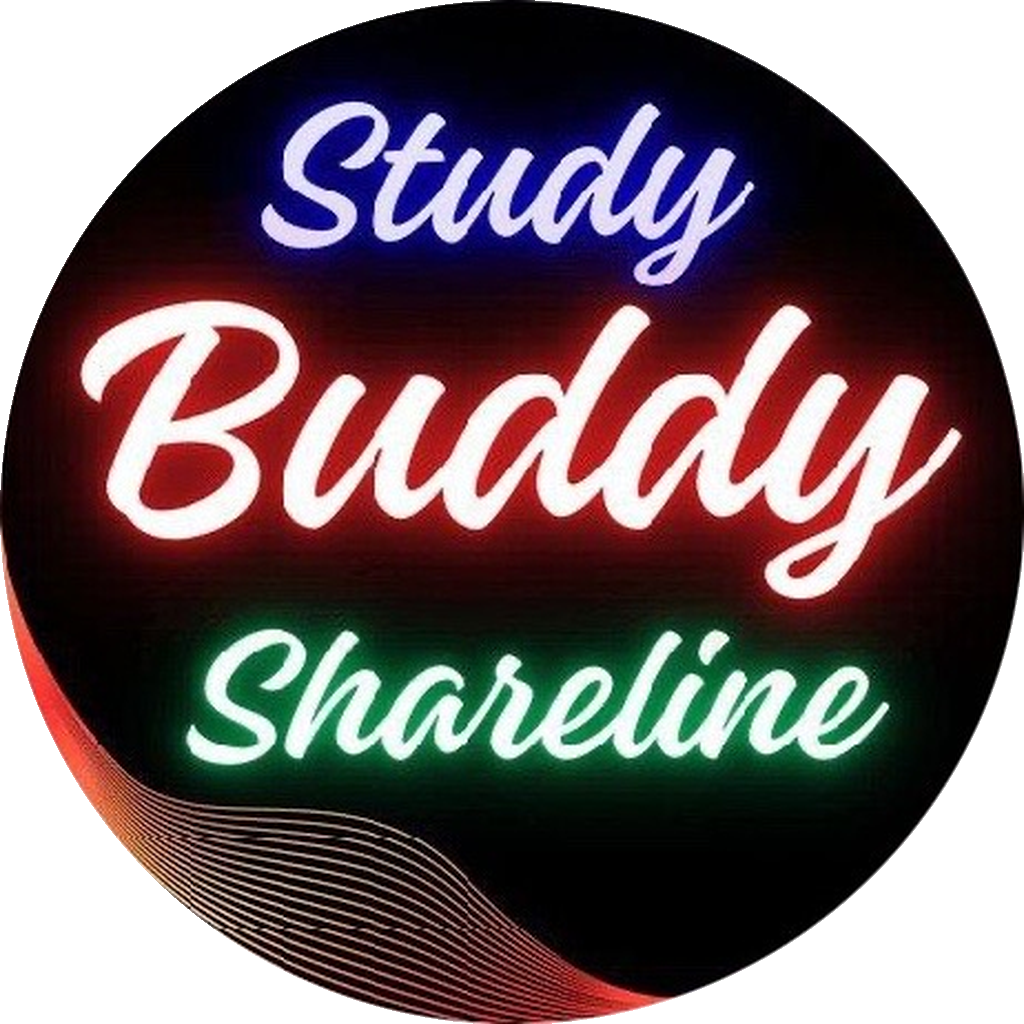General Characteristics 🔹 Growth & Movement 🔹 Reproduction
Absence in Whittaker’s Five Kingdom Classification 🔹 Viruses: Living or Non-living? 🔹 Discovery & History 🔹 Structure of Viruses 🔹 Diseases Caused by Viruses✅ In Humans: Mumps, smallpox, herpes, influenza, and AIDS (HIV).✅ In Plants: Mosaic formation, leaf rolling, curling, yellowing, vein clearing, dwarfing, and stunted growth.
General Characteristics 🔹 Reproduction✅ Asexual Reproduction 🔹 Structure 🔹 Mode of Nutrition 🔹 Examples
General Characteristics 🔹 Cell Structure 🔹 Major Groups in Kingdom Plantae1️⃣ Algae2️⃣ Bryophytes3️⃣ Pteridophytes4️⃣ Gymnosperms5️⃣ Angiosperms 🔹 Life Cycle & Alternation of Generations
Habitat Found in aquatic environments. Grow on decaying wood in moist and damp places. Some exist as obligate parasites on plants. Structure Mycelium is aseptate and coenocytic (multinucleated continuous tube). Reproduction✅ Asexual Reproduction Occurs via spore formation inside sporangium. Zoospores (motile) or aplanospores (non-motile) are produced endogenously. ✅ Sexual...
General Characteristics 🔹 Structure 🔹 Reproduction✅ Asexual Reproduction ✅ Sexual Reproduction 🔹 Examples
General Characteristics 🔹 Structure 🔹 Reproduction✅ Asexual Reproduction ✅ Sexual Reproduction 🔹 Examples
General Characteristics of Protozoans All protozoans are heterotrophic and live as predators or parasites. They are considered primitive relatives of animals. Classified into four major groups based on their mode of movement and lifestyle. Amoeboid Protozoans Habitat – Found in freshwater, seawater, or moist soil. Movement – Use pseudopodia...
General Characteristics of Fungi Heterotrophic organisms showing great diversity in morphology and habitat. Common examples: Fungi on moist bread and rotten fruits. Edible mushrooms and toadstools. White spots on mustard leaves (parasitic fungi). Yeast (unicellular fungi) used in bread and beer production. Disease-causing fungi like Puccinia (wheat rust). Penicillium...
Habitat: Predominantly freshwater organisms. Typically found in stagnant water. Body Structure: Lack a cell wall. Enclosed by a protein-rich pellicle, providing flexibility to the body. Possess two flagella: One is short. The other is long. Mode of Nutrition: Photosynthetic in sunlight. Act as heterotrophs when sunlight is unavailable by...
